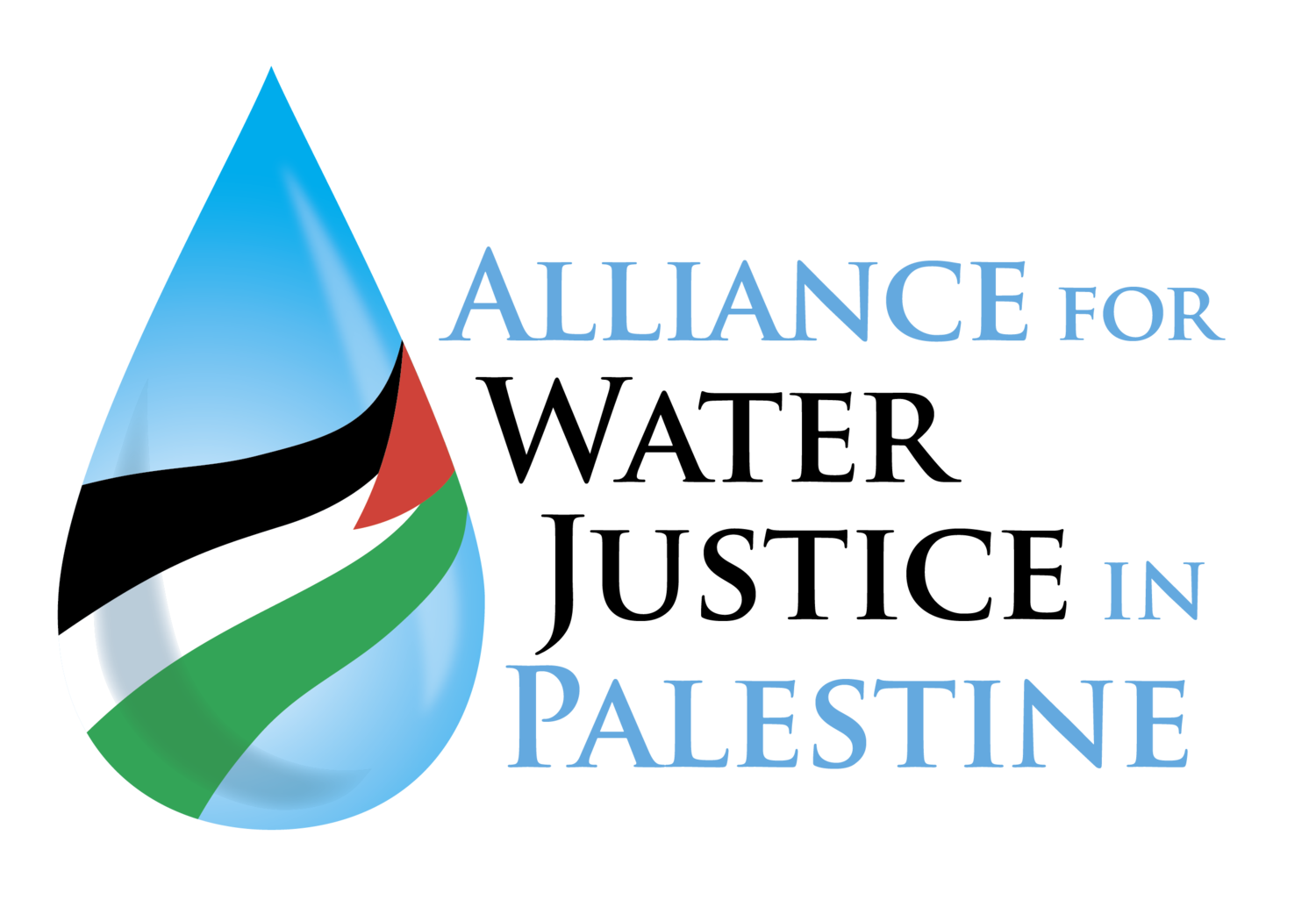…”Israeli authorities methodically privilege Jewish Israelis and discriminate against Palestinians. Laws, policies, and statements by leading Israeli officials make plain that the objective of maintaining Jewish Israeli control over demographics, political power, and land has long guided government policy. In pursuit of this goal, authorities have dispossessed, confined, forcibly separated, and subjugated Palestinians by virtue of their identity to varying degrees of intensity. In certain areas, as described in this report, these deprivations are so severe that they amount to the crimes against humanity of apartheid and persecution.”
Your Bi-Weekly Fact from the Alliance
Israel uses water as a weapon against Palestinians. One way is force the relocation of Palestinians from their homes in order to maximize the land available for illegal settlements.
Israel directly controls 85% of water resources in the occupied West Bank and determines how the rest is distributed. Many Palestinian villages receive water only once every 15 days.
There are nearly 300 illegal Israeli settlements in the West Bank, including East Jerusalem, which house over 700,000 illegal Israeli settlers.
So far this year, in the West Bank, Israel demolished, seized, or forced Palestinian residents to themselves demolish at least 474 Palestinian-owned structures, 150 of which were donor-funded. As a result, Israel has displaced 656 people, including 359 children.
This represents a 32% increase from last year in the number of structures demolished or seized, a 145% increase in donor-funded structures demolished, and a near 70% increase in the number of people displaced (a 75% increase in children displaced), compared with the equivalent period in 2020,
The Palestinian community of Humsa-Al Baqai’a in Area C, in the northern Jordan Valley, is located in an area now designated by Israel as a “firing zone” for military training, making Palestinian residency and access prohibited. Since 2012, the residents have been displaced, and their homes destroyed, over 50 times while Israel carries out military training.
After a 2020 mass-demolition, the global humanitarian community provided the town with 20 water tanks, which Israel immediately confiscated.
Available water for West Bank communities is often less than 50 litres/person/day (l/p/d), compared with the WHO recommendation of 100 l/p/d. Yet all households in nearby illegal Israeli settlements are connected to piped water services and have a permanent unlimited water supply at affordable prices. Settlement water consumption rates are 300–440 l/p/d, particularly in settlements focusing on agriculture.
Recently, as temperatures rose past 104 degrees Fahrenheit, Israel’s military demolished the Palestinian West Bank village of Khirbet Humsa for the sixth time in less than a year.
The military destroyed 27 residential structures, as well as animal shelters and water tanks, and removed people’s food, leaving the community without food and water. Soldiers confiscated personal items, milk for children, clothes, personal hygiene products, and plants. Eleven households, home to 70 people (including 36 children) were displaced.
The village has never been allowed a connection to water, electricity, or sewage infrastructure.
Organized aggressions by individual settlers are also daily and widespread. In June, illegal settlers in the West Bank installed a fence around a water spring to prevent dozens of Palestinian shepherds and their herds from using it. The residents had suffered repeated assaults by the settlers as well as the denial of access to their water resources.
Sources: electronic intifada, imemc, imemc, hrw, al jazeera, ochaopt, 972
"This is our water they steal and sell to us."
“Israeli authorities refuse to grant licenses to Palestinian water authorities to operate freely in areas under complete Israeli security control.”
Palestine Runs Dry
Photo by Mohammed Najib/Al Jazeera. Caption: Superintendent Bassam Rayan fills residents’ private water tanks at the Khawaja apartment building in Ramallah.
Your Bi-Monthly Fact from the Alliance
June 29 Water Fact
Israel’s recent bombing of the Gaza Strip damaged or destroyed 13 wells, three desalination plants, and 250,000 meters of water pipes.
A single strike to just one well near Gaza City cut off water supply to 120,000 people.
Early estimates say the damage to Gaza City alone exceeds $20 million: water and sewer networks, wells, sewage pumps, municipal facilities and vehicles, roads and sidewalks, electricity networks, and administrative buildings.
Additional damage to water infrastructure across the Gaza Strip is discovered daily. Even small movements of components in facilities that were shaken or broken by shock waves from Israel’s bombs can cause leakage.
Israel’s 14-year blockade forbids entry of 5,000 different items urgently need to repair water systems and networks. It has also blocked the entry of fuel for Gaza’s power plant, impeding the delivery of running water.
The blockade has banned more than 70% of materials necessary for water and wastewater projects, calling them “dual-use items” (considered to have military and civilian applications). "Dual-use items" include cement, wood, solar panels, construction materials, water pumps, spare parts, generators, clothing, blankets, mattresses, mobile pumps to dewater flooded areas, water-testing and disinfection material, essential electromechanical equipment, epoxy paints for insulation.
Before Israel’s recent assault on Gaza, 97% of the 2 million people in the Gaza Strip were already living without clean water for hygiene and consumption, and 98% of the water was already contaminated—both crises due to previous bombardments.
COVID-19 is spreading at an alarming rate, especially since the recent Israeli aggression, which displaced tens of thousands of people to crowded spaces. (Last month, Israel demolished Gaza’s only COVID-19 testing center.) People cannot wash their hands.
Sources: al mezan, haaretz, al-shabaka

